What can you see in the night sky tonight? From visible planets to bright stars, astronomer Bob Berman highlights what a regular stargazer can see (without any equipment) throughout the month of January 2023. Let’s look up!
Advertisement
The new year finds orange Mars at its brightest of the entire year! Both Mars and Jupiter dominate the evening sky. Look about 45 minutes after sunset towards the southwest. First, spot Jupiter as it’s brighter than all the stars. Then look to Jupiter’s left (about 60 degrees) and a little higher in the sky to find the planet Mars.
Now look below and slightly right of Jupiter (a little less than 40 degrees) to see Saturn just above the southwest horizon. As the days pass, Saturn may be difficult to see so near the horizon; you’ll need a clear view.
Meanwhile, Venus is at its dimmest of 2023. However, Venus is on an upward trajectory, appearing higher and brighter each evening, climbing out of the sunset twilight by mid-month.
See Planet Rise and Set times for your location.
Visible Planets: Highlights
January 3: Don’t miss this super-close meeting of the Moon and orange Mars, still very brilliant since its opposition and closest-approach happened only a few weeks ago in early December. City lights can’t spoil this one. A backyard telescope can boost the fun by revealing the northern Martian polar cap and some dark surface markings.
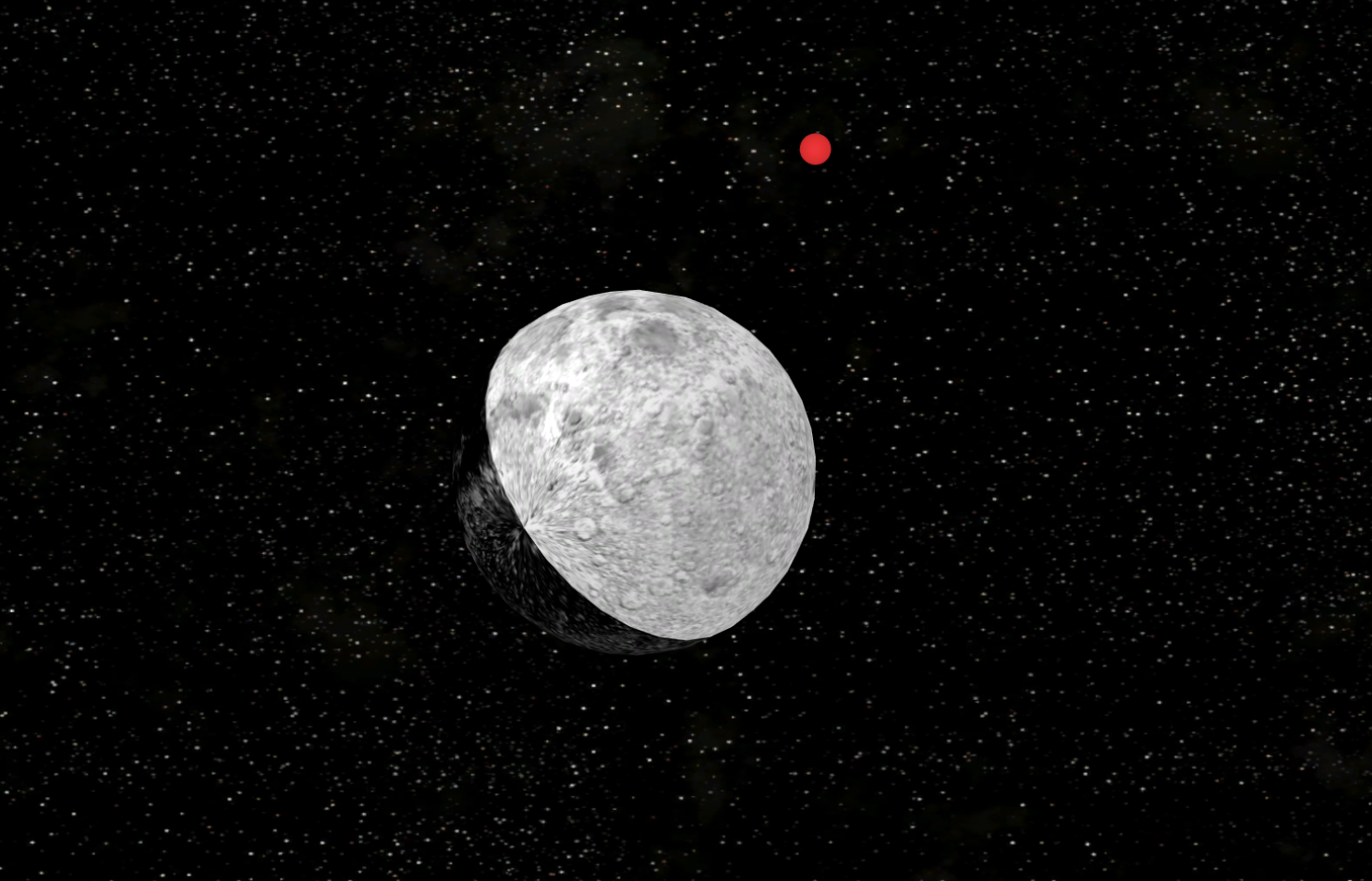
January 4: It’s the year’s closest approach to our great star, aka the perihelion. This is the point in Earth’s orbit when it’s closest to the Sun, though it’s still about 91.4 million miles away!
January 21–22: Observers will enjoy watching Venus and Saturn draw closer every night. On the 21st, Venus is only a degree below Saturn. Then on the 22nd, the two planets meet—less than a quarter degree apart. Look low in the southwest at around 4:45 PM. Though just 10° high, which necessitates an ocean-flat horizon (don’t bother if hills, trees, or houses block the horizon in this direction), the extreme super-brilliance of Venus makes that Evening Star a don’t-miss target, especially with that little “star” (the planet Saturn) hovering next to it in the fading dusk.
January 23: Venus appears about a degree above Saturn. While not as close together tonight, the scene is more than compensated by the thin crescent Moon now to their upper left. A Three-For-One special! But quite low at 4:45 PM so once again you need a flat horizon.
January 24–25: On the 24th, the crescent Moon appears between Venus and Jupiter, and on the 25th, Jupiter is that brilliant “star” just above the Moon tonight. High up, easily seen from cities, and never mind watching the clock. Anytime after 5 PM will work.
January 30: The Moon closely meets Mars for the second time this month. Still in the constellation Taurus, look at how much that orange “star” has faded since its January 3 conjunction, as Earth keeps racing away from it at 66,000 mph.
Quadrantids Meteor Shower (January 3–4)
The Quadrantids are the first major meteor shower of the year, peaking the night of Monday, January 3 into the morning of the 4th. Unfortunately, in 2023, the Moon will be 92% full, obscuring the fainter meteors. Your best bet is to view after the Moon sets on the 4th of January, just before dawn. See your Moon rise and set times.
And see our 2023 Meteor Shower Calendar for the next sighting of shooting stars!
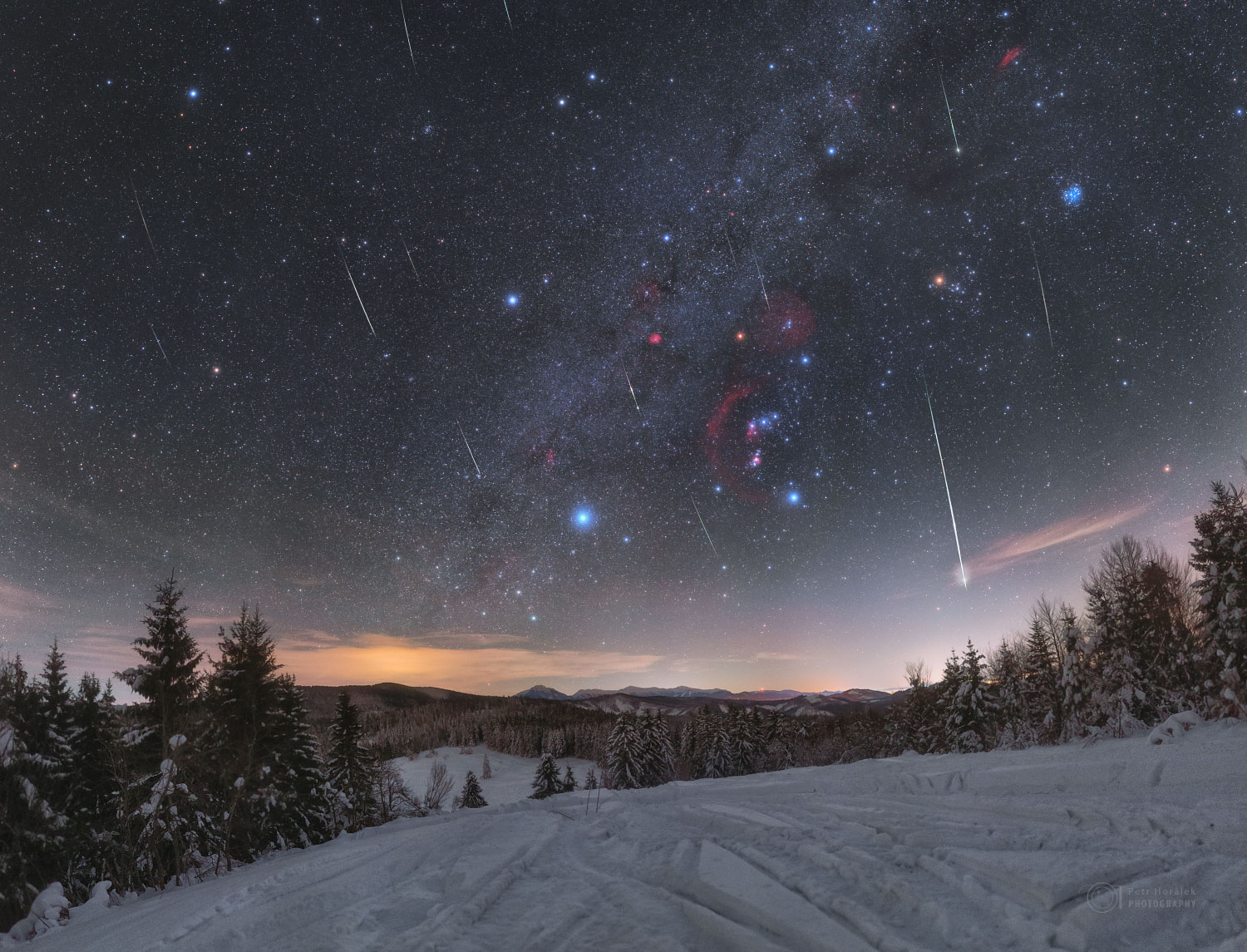
Image: Quadrantid Meteors through Orion. Credit: Petr Horálek/NASA
Full Moon (January 6)
The first full Moon of 2023 reaches peak illumination on
Friday, January 6, at 6:09 P.M. EST. Look for the Moon to rise from the northeastern horizon around sunset that evening. It’s known in some cultures as the Wolf Moon. There are alternative names as well. Learn more about the
Full Wolf Moon.
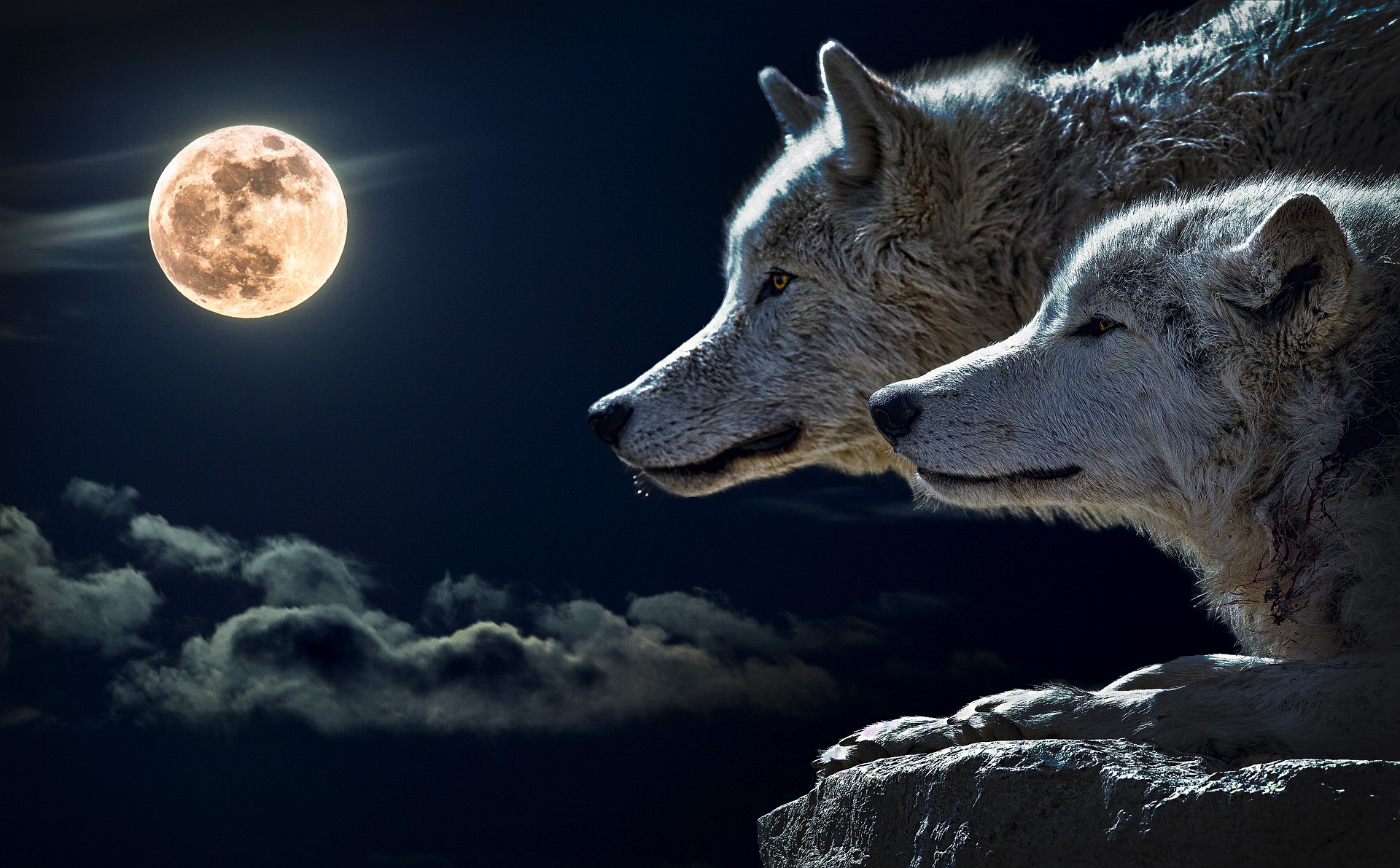
January Constellation: Orion
All of Orion’s stars are easy to spot in the winter sky. Let’s do some old-fashioned stargazing and take a look at the Orion constellation!
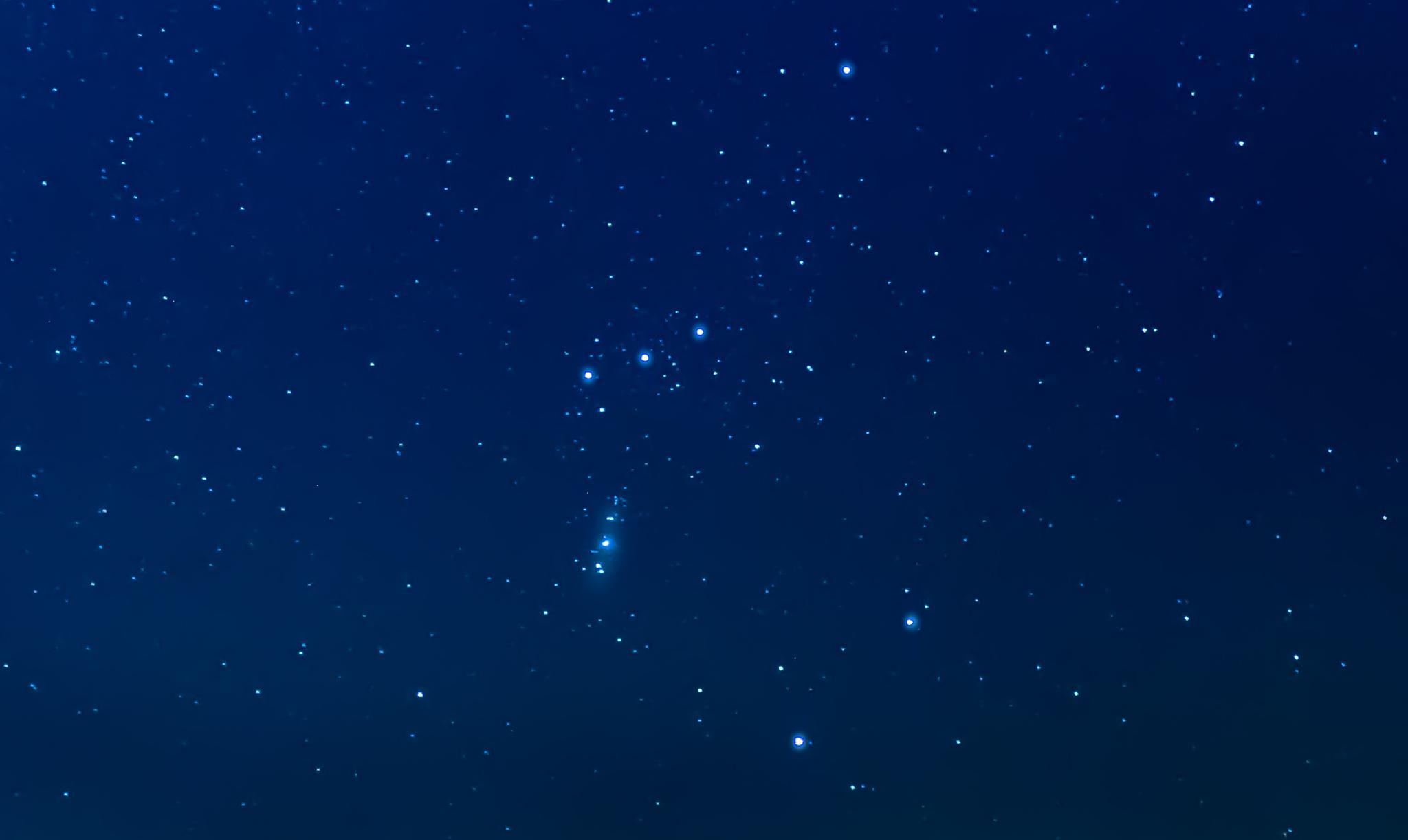
January’s Brightest Star: Sirius
The brightest “star” of the night sky is Sirius, the Dog Star. Ready to star hop? Just look up towards Orion, the Hunter, and his bright belt. Then follow it downward. Orion’s Belt always points to Sirius. Read more about Sirius.
See our January Star Chart for the brightest stars in this month’s sky!
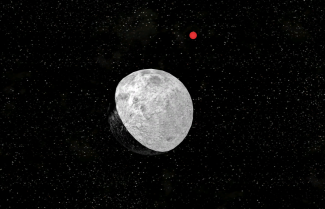





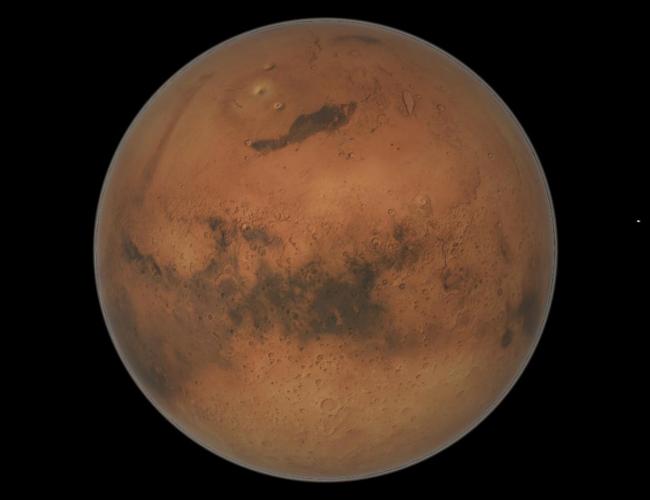
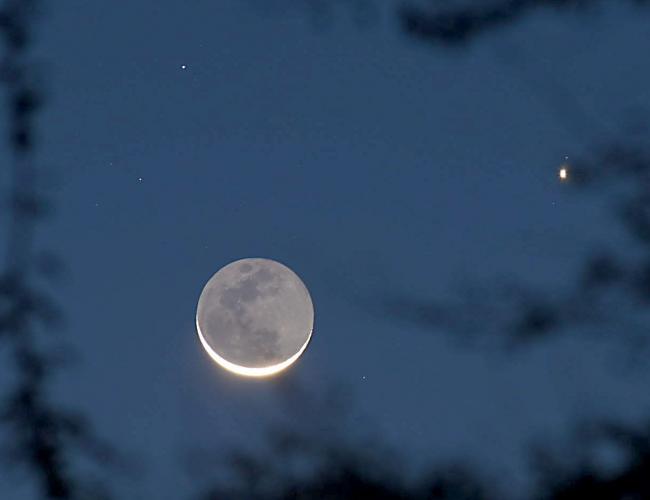
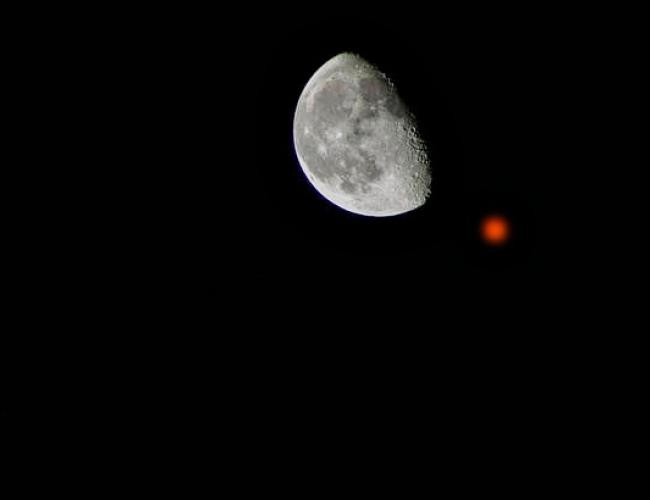
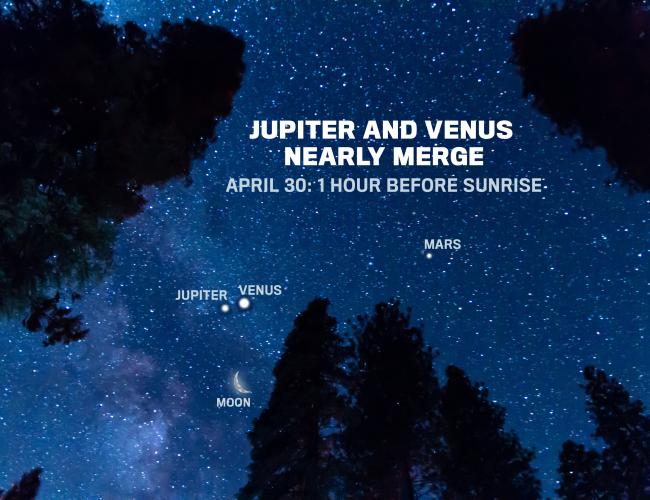
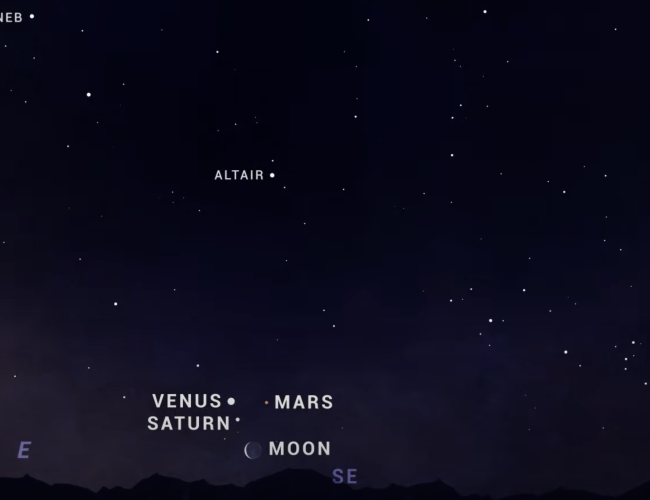
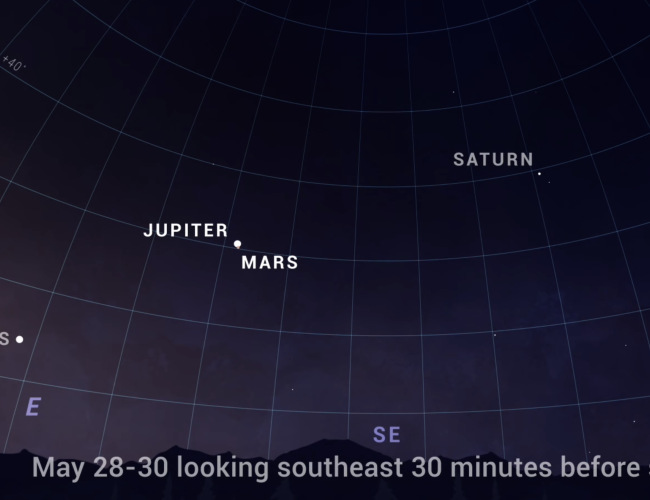


Comments